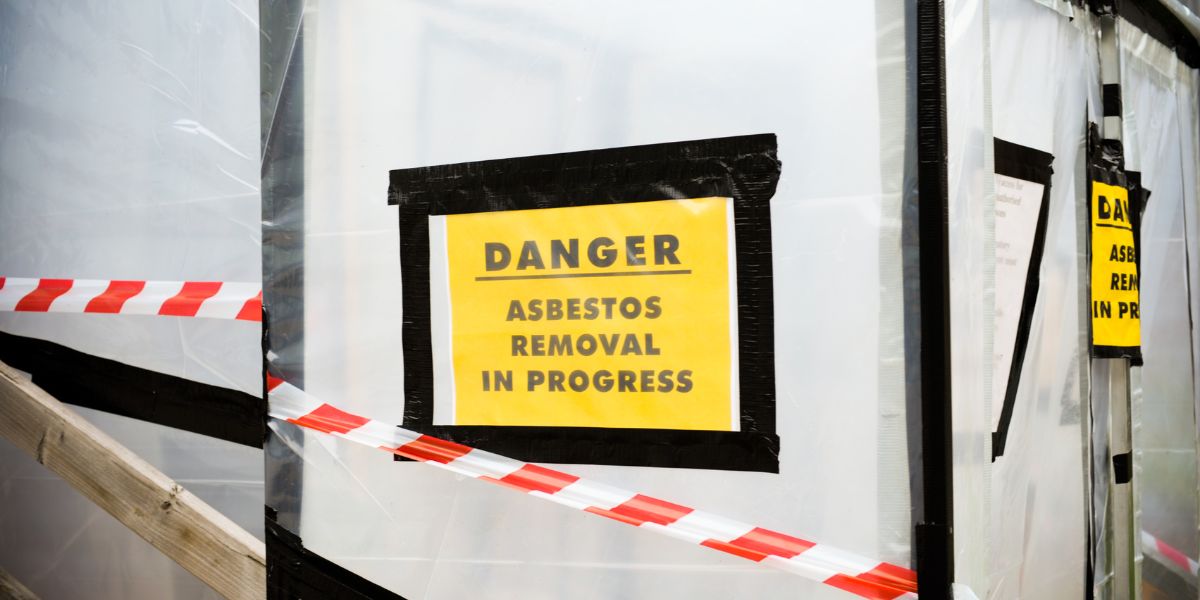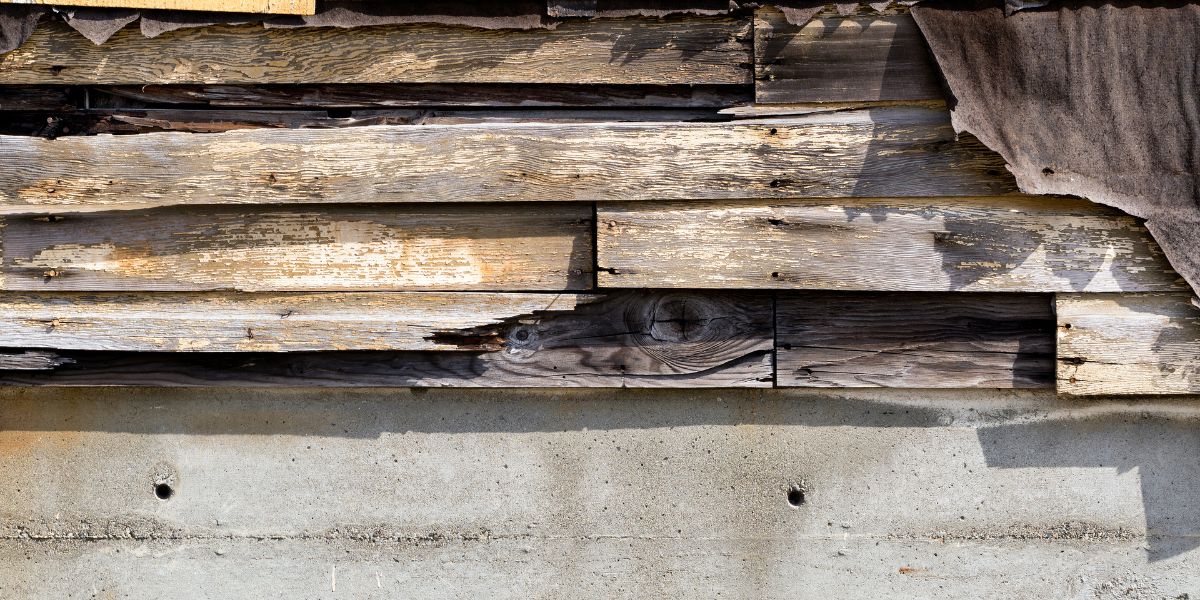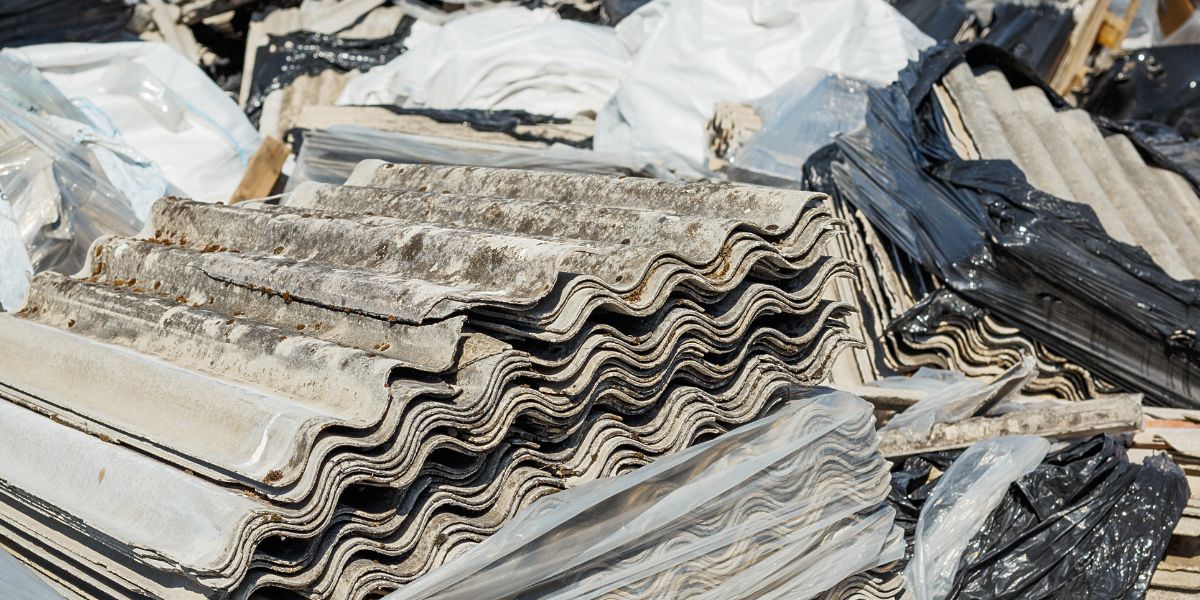Basement floor drains are an essential part of many homes, particularly those in areas prone to heavy rainfall or flooding. These drains are designed to remove water that enters the basement, directing it away from the home to prevent water damage and flooding. They are typically installed at the lowest point of the basement floor and connected to the home’s main sewer system.
However, like any part of a home’s plumbing system, basement floor drains are not immune to issues. They can become clogged with debris, such as dirt, hair, and other waste, which can lead to backups. Understanding the function and common issues with basement floor drains is the first step in effectively managing and preventing problems.

How to Handle a Backed-Up Basement Floor Drain
When you notice your basement floor drain backing up, it’s essential to act quickly to prevent further damage. Here are some steps you can take:
Identify the Cause:
The first step in dealing with a backed-up basement floor drain is to identify the cause of the backup. This could be due to a simple clog, such as hair or soap buildup, or a more significant issue like a sewer line blockage. If the water is clear, it’s likely a simple clog. If the water is dirty or has a foul smell, it could be a sewer line issue. If you can’t determine the cause, it may be best to call a professional to avoid causing further damage.
Use a Plunger:
If the backup seems minor, you might be able to clear it using a plunger. Make sure you have a good seal around the drain opening by covering it completely with the plunger. Apply forceful plunges to clear the drain. Remember to plunge up and down several times and then pull the plunger off the drain opening quickly on the last thrust. This action should dislodge the clog and clear the drain.
Use a Plumber’s Snake:
If a plunger doesn’t work, a plumber’s snake might be able to reach further into the pipe to clear the blockage. Insert the snake into the drain and turn the handle to break up the clog. Be careful not to force the snake, as it could damage the pipes.
Clean Up:
Once the drain is clear, clean up any standing water or sewage to prevent damage and odors. Use a wet/dry vacuum to remove the water and then mop the area with a disinfectant cleaner. Make sure to wear protective clothing, including gloves and boots, during the cleanup process to protect yourself from bacteria and other harmful substances that may be present in the water..
Call a Professional:
If you can’t clear the drain yourself or if the backup is severe, call a professional. They have the tools and expertise to handle significant backups and can also check for any underlying issues that may be causing the backup. This could include broken or collapsed pipes, tree root intrusion, or issues with the city sewer line. A professional can also provide advice on how to prevent future backups.

Why Basement Floor Drains Back Up
There are several reasons why a basement floor drain might back up. Here are some of the most common causes:
Clogged Drain Line
One of the most common causes is a clog in the drain line. This can occur when debris, such as dirt, hair, or grease, builds up in the pipe over time. If the clog is not removed, it can prevent water from draining properly, leading to a backup.
Blocked Sewer Line
Another common cause of basement floor drain backups is a blockage in the sewer line. This can occur if tree roots infiltrate the sewer pipe, or if there is a buildup of waste material in the sewer line. In these cases, the backup is often more severe and may involve sewage coming up through the basement floor drain.
Heavy rainfall can also cause basement floor drain backups. If the home’s drainage system can’t handle the volume of water, it can lead to excess water backing up through the basement floor drain.
Faulty Backwater Valve
Finally, a faulty or improperly installed backwater valve can also lead to basement floor drain backups. The backwater valve is designed to prevent sewage from the city sewer from flowing back into the home. If this valve is not working correctly, it can allow sewage to back up into the basement floor drain.
Understanding the potential causes of a basement floor drain backup can help homeowners take the necessary steps to address the issue effectively.

Preventing Basement Floor Drain Backups
Preventing basement floor drain backups largely involves regular maintenance and being mindful of what goes down your drains. Here are some tips:
Regularly Clean Your Drains:
Regular cleaning can help prevent buildup that can lead to backups. You can use a mixture of vinegar and hot water to clean your drains, or use a professional drain cleaning product.
Avoid Putting Certain Items Down the Drain:
Avoid putting things like grease, coffee grounds, or hair down your drains as these can lead to clogs.
Install a Backwater Valve:
If you don’t already have one, consider installing a backwater valve. This device prevents sewage from the city sewer from backing up into your home.
Regular Professional Inspections:
Having your home’s plumbing system inspected by a professional can help catch any potential issues before they lead to a backup.
Consider Drainage Improvements:
If your home is prone to flooding or if your drains regularly back up during heavy rains, you might want to consider making improvements to your home’s drainage system. This could involve installing a sump pump, improving gutter drainage, or landscaping changes.
Remember, prevention is always better than cure. Regular maintenance and care can go a long way in preventing basement floor drain backups.

The Role of Professional Services in Handling Basement Floor Drain Backups
While minor drain backups can often be handled by homeowners, professional services play a crucial role in managing more severe issues. Professionals have the tools and expertise to clear significant blockages, identify and address underlying issues, and provide advice on preventing future backups.
When you call a professional for a basement floor drain backup, they will first assess the situation to determine the cause of the backup. This may involve using a camera to inspect the drain and sewer lines. Once they’ve identified the issue, they can use various tools and techniques to clear the blockage.
In addition to clearing the backup, professionals can also clean and sanitize the affected area to prevent odors and potential health hazards. They can also inspect the rest of your home’s plumbing system to ensure there are no other potential issues.
Finally, professional services can provide valuable advice on preventing future backups. This can include tips on regular maintenance, recommendations for improvements to your home’s drainage system, and guidance on when to call a professional. Additionally, calling a professional could save you from future issues that may end up costing more money.
In conclusion, while dealing with a basement floor drain backup can be a stressful experience, understanding the issue and knowing how to handle it can make the process much smoother. Whether you’re dealing with a minor backup or a major issue, there are solutions available to get your drain flowing freely again.
FAQ
When dealing with basement floor drain backups, homeowners often have a lot of questions. Here are some common ones:
Why is my basement floor drain backing up?
This can be due to a simple clog in the drain, a blockage in the sewer line, heavy rainfall overwhelming the drainage system, or a faulty backwater valve.
Can I clear a backed-up basement floor drain myself?
Yes, minor backups can often be cleared with a plunger or a plumber’s snake. However, for severe backups or if you can’t identify the cause, it’s best to call a professional.
How can I prevent basement floor drain backups?
Regular drain cleaning, avoiding putting certain items down the drain, installing a backwater valve, and having regular professional inspections can all help prevent backups.


















